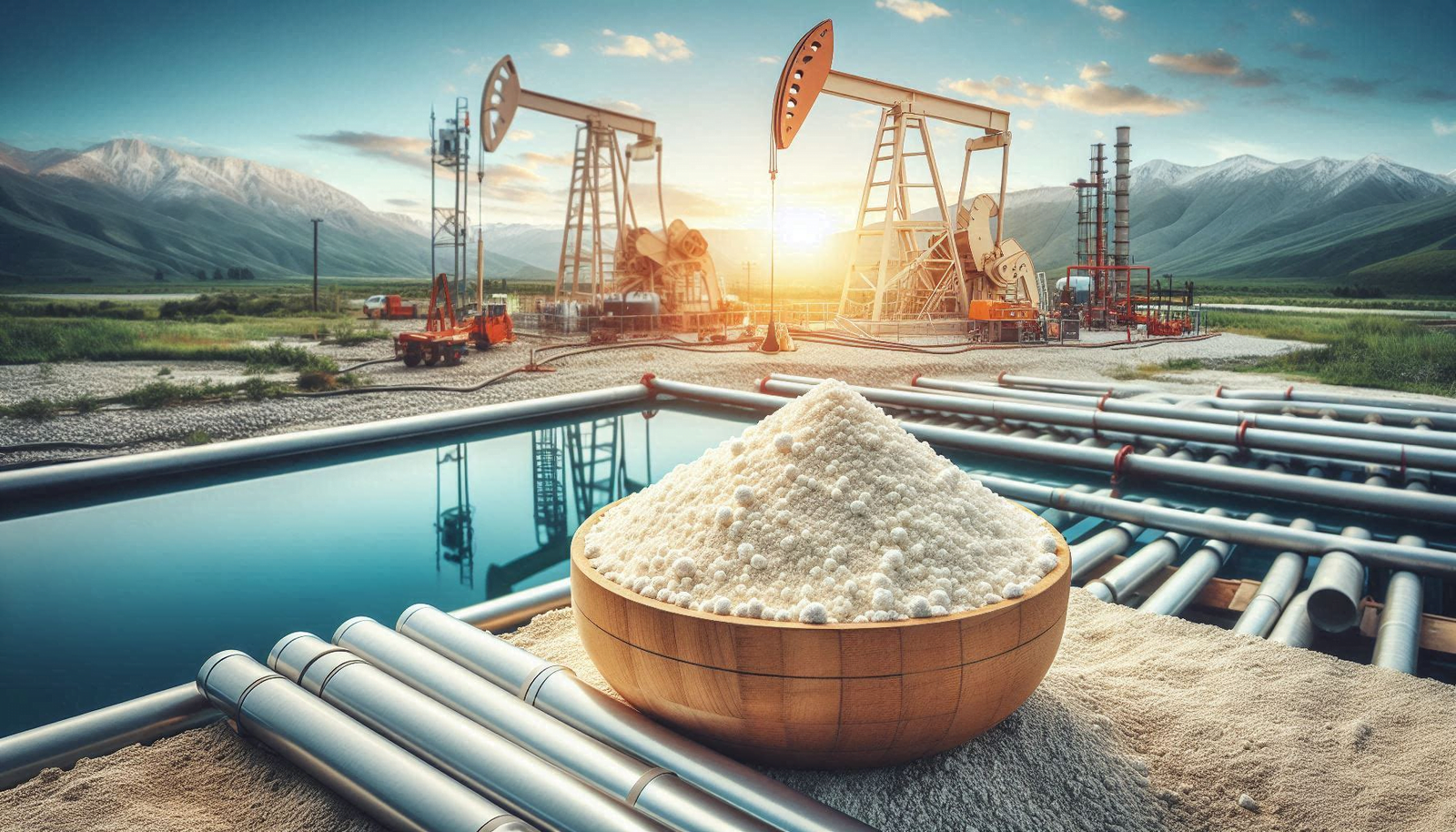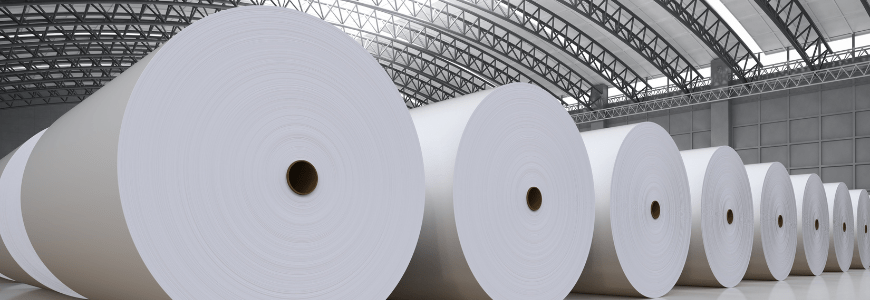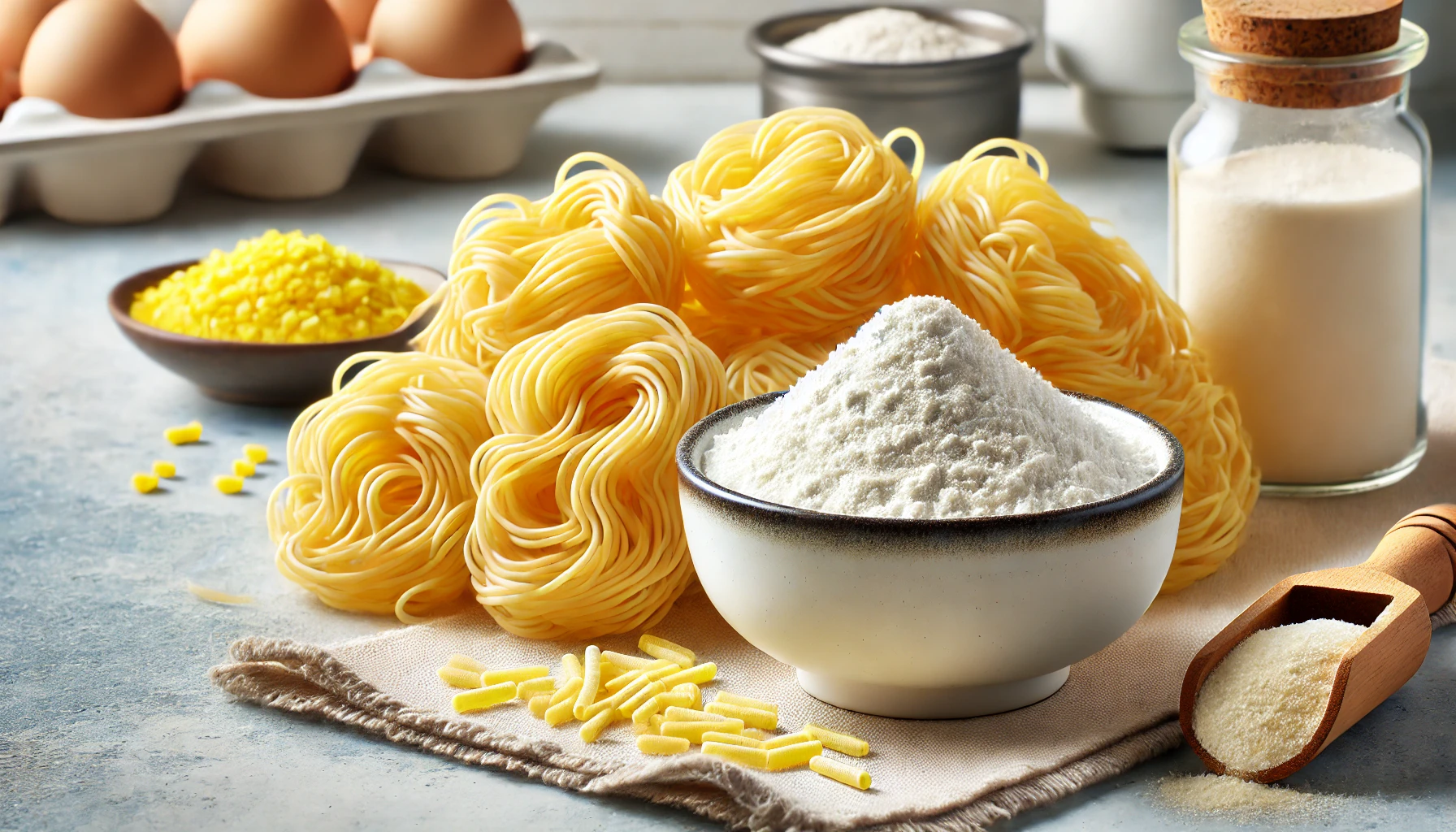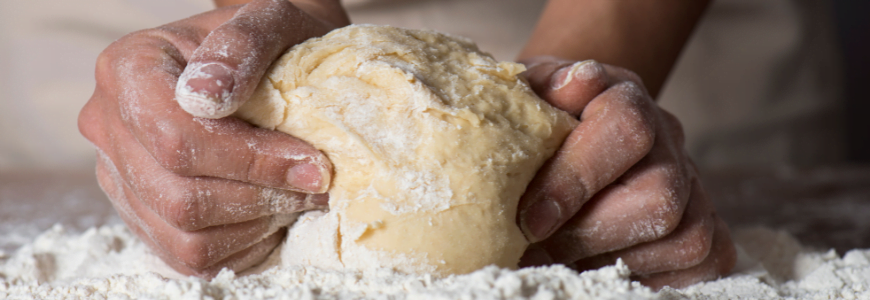Guar gum is a thickening agent extracted from guar beans, it is plant-based and naturally thickens food such as liquids, etc. It is widely used in various industries, especially in the food sector. But do you know that the Guar Gum Manufacturing Process involves several steps to turn guar beans into usable powder? In this blog will provide a simplified and detailed look at the Production Process of Guar Gum Powder.
Briefly Understanding Guar Gum:
Before diving into the Guar Gum Manufacturing Process, it’s essential to understand what guar gum is. Guar gum comes from the inner part of the guar bean, known as the endosperm. It is primarily used as a thickener, stabilizer, and emulsifier in many food products.
Cultivation of Guar Beans:
The very first step in the Guar Gum Manufacturing Process is cultivating guar beans. Guar beans are primarily cultivated/grown in the countries of India and Pakistan, mainly India (making up around 80-85% of world’s total production). These regions provide favorable conditions for the growth of guar beans, which are essential for producing guar gum powder. The plants are hardy and can bloom in semi-arid regions (drylands or semi-desert regions), making them an important crop in these areas.
Harvesting Guar Beans:
Once the guar beans are mature, they are harvested. The beans are then dried to reduce moisture content, which is crucial for the next steps in the Guar Gum Manufacturing Process.
Cleaning and Sorting:
The dried guar beans are cleaned to remove impurities such as dirt, stones, and other debris. This ensures that the final product, Guar Gum Powder, is of high quality. Sorting is also done to separate the beans based on size and quality.
Dehusking and Splitting:
In the Production Process of Guar Gum Powder, the next step is dehusking and splitting. The beans are mechanically processed to remove the husk, revealing the endosperm. The endosperm is then split into smaller pieces, making it easier to grind into powder.
Grinding and Milling:
The split endosperm is then ground into a fine powder. This is the stage where guar gum powder is produced. The grinding process must be carefully controlled to ensure the right particle size and consistency of the Guar Gum Powder.
Screening and Sieving:
After grinding, the powder is screened and sieved to remove any large particles or impurities. This step makes sure that the Guar Gum Powder is smooth and is of high-quality.
Quality Control:
Quality control is a critical part of the Guar Gum Manufacturing Process. Samples of the guar gum powder are taken at various stages of production and tested for viscosity, purity, and other essential parameters. This ensures that the Guar Gum Production meets industry standards and customer specifications.
Packaging:
Once the guar gum powder has passed all quality control tests, it is packaged for distribution. The powder is usually packed in guar gum packs of various sizes, depending on the requirements of the end-user. At our firm, Durga Enterprises, we ship Guar Gum Powder overseas mostly at the countries like: USA, SWITZERLAND, ITALY, CHINA, SOUTH AFRICA, BRAZIL, CHILE, ARGENTINA, LITHUANIA and our Guar Gum is shipped in various packs such as Jumbo Bags, Paper Bags, Sample Bags, etc. according to the customers’ preferences.
Uses of Guar Gum:
(A) Food Industry (Most Common Industry for Guar Gum):
Guar gum used in food or edible products is perhaps the most common application. It acts as a thickener in soups, sauces, and gravies, a stabilizer in ice creams and yogurts, and an emulsifier in salad dressings. Not only human food, guar related products are also used in animal feed or pet food.
(B) Other Industries:
Apart from food or edible stuff, guar gum is also used in several other industries. For example, it is used in the oil and gas industry for hydraulic fracturing, in the textile industry as a thickening agent for dyes, and in the paper industry to improve paper quality.
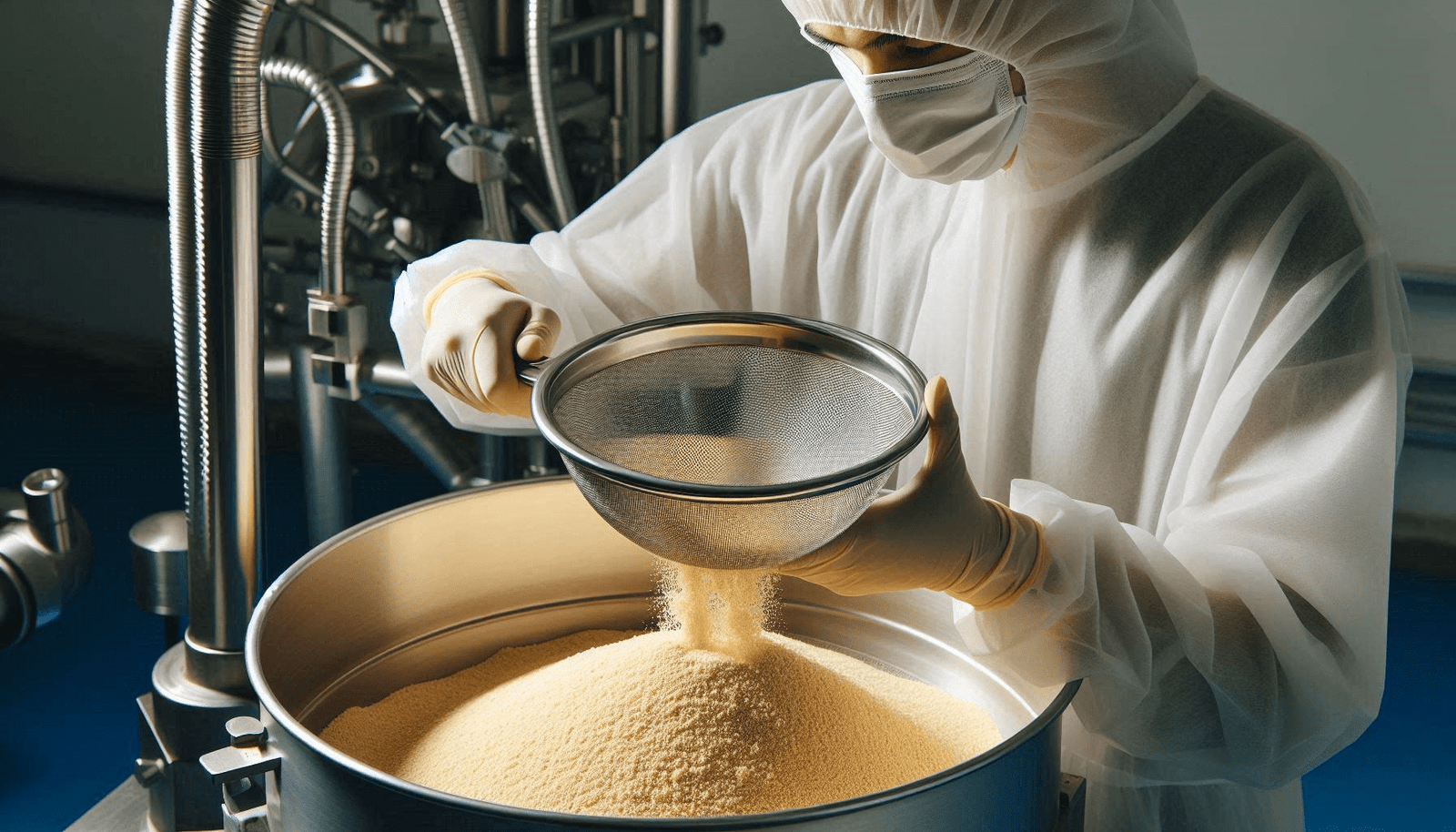
In addition to its thickening and stabilizing properties, guar gum preservative abilities help extend the shelf life of various products. This is particularly useful in the food industry, where maintaining product freshness is crucial.
Environmental Impact:
Guar Gum Manufacturing Process is relatively eco-friendly. Guar plants require minimal water and can grow in poor soil conditions, reducing the environmental impact of their cultivation. Additionally, the production process itself does not generate significant waste, making it a sustainable option.
Innovations in Guar Gum Production:
Recent advancements in technology have led to more efficient methods of Guar Gum Production. Modern milling and processing equipment have improved the quality and consistency of guar gum powder, making it more reliable for industrial use.
Conclusion:
The Guar Gum Manufacturing Process is a fascinating blend of traditional agricultural practices and modern industrial techniques. From the cultivation of guar beans to the final packaging of guar gum packs, each step is carefully controlled to ensure the production of high-quality Guar Gum Powder. Whether it’s guar gum used in food or as a guar gum preservative, this versatile product plays a crucial role in many industries. Understanding the Production Process of Guar Gum Powder helps appreciate the effort and technology that goes into making this essential product.
FAQs:
1. Where are guar beans mainly grown?
Guar beans are primarily grown in India and Pakistan, majorly in India (about 80-85% of world’s total production, as of 2024).
2. What is the first step in Guar Gum Manufacturing Process?
The first step in Guar Gum Manufacturing Process is the cultivation of guar beans.
3. How are guar beans harvested?
Guar beans are harvested once they are mature and then dried to reduce moisture content.
4. Why is cleaning and sorting important in Guar Gum Manufacturing Process?
Cleaning and sorting remove impurities and ensure high-quality Guar Gum Powder.
5. How is guar gum powder produced?
The split endosperm is ground into a fine powder during the Guar Gum Production process.
6. Is Guar Gum Manufacturing Process environmentally friendly?
Yes, the Guar Gum Production is eco-friendly, requiring minimal water and generating little waste.
7. What industries use guar gum besides the food industry?
Guar gum is used in the oil and gas, textile, and paper industries, among others.
8. What recent innovations have improved Guar Gum Manufacturing Process?
Better machines for milling and processing have made Guar Gum Production faster and of better quality.
9. Why is quality control important in Guar Gum Production?
Quality control ensures that the guar gum powder meets the standards set by the industry and matches what customers expect.
10. How is guar gum powder packaged?
The powder is packed in guar gum packs of various sizes after passing quality control tests.


